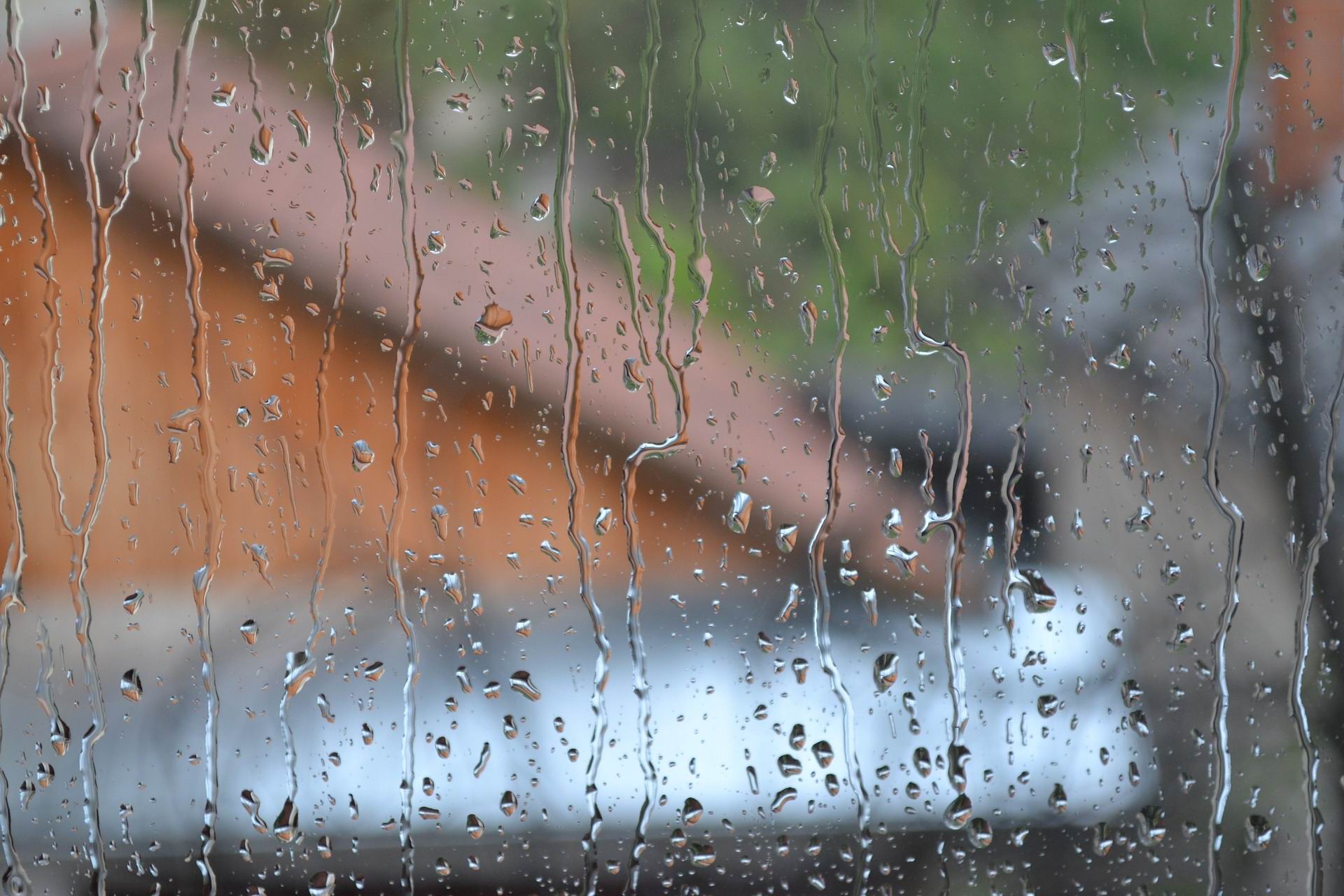If you’re among those fortunate to have escaped the flooding, you may think you’ve also escaped the damage. But even if your home has not been under several centimetres or more of water in the wake of the massive Ottawa area floods, that might not be the case.
Even in areas not prone to flooding, the unusually heavy rains we have received recently may have put your home at risk of moisture damage, which could be all the more insidious because that moisture hasn’t been an obvious flood.
Water and moisture damage encourages the growth of mould in particular, and poor air quality in general, which can affect your family’s health and even the structure of your home.
 Now that the rain appears to have stopped (for the time being at least), it’s important to take stock of your home and property to make sure the prolonged moisture has not (or will not) create any problems. Be sure to thoroughly check for any lingering issues. The ground is still saturated, which means excessive moisture could continue to be an issue.
Now that the rain appears to have stopped (for the time being at least), it’s important to take stock of your home and property to make sure the prolonged moisture has not (or will not) create any problems. Be sure to thoroughly check for any lingering issues. The ground is still saturated, which means excessive moisture could continue to be an issue.
- Check for pooled water around your foundation. If there is any, look for seepage inside your home. The ground around your home should slope away from the foundation so that water doesn’t drain into your basement.
- Also look for any signs of moisture or leaks on your foundation walls.
- Check your eavestroughs to make sure they are not clogged and are draining water from the roof properly. If there are any blockages, look for nearby damage to the roof and foundation. Add extensions to your downspout to shed the water further away from the house. Your eavestroughs should discharge at least three feet from the foundation and on a solid surface to encourage proper drainage from the foundation.
- Check weather stripping around windows, doors and skylights for any leaks. If there are any, they need to be cleaned up and repaired. Also check the caulking around windows and doors and repair if needed.
- If the humidity level in your basement has risen above 60 per cent, use a de-humidifier to lower it.
- If you have a sump pump, check it and the discharge line to make sure there have been no leaks or obstructions.
- If you’re on a well, you may consider having your water tested for quality, particularly if you live near a flooded area, as your well water could be contaminated by surface flood water.
- And if your basement windows are within six inches of grade (meaning the ground), make sure you have a properly installed and drained window well.
If you suspect you may have damage and aren’t sure how to proceed, be sure to call in a professional to assess the situation.